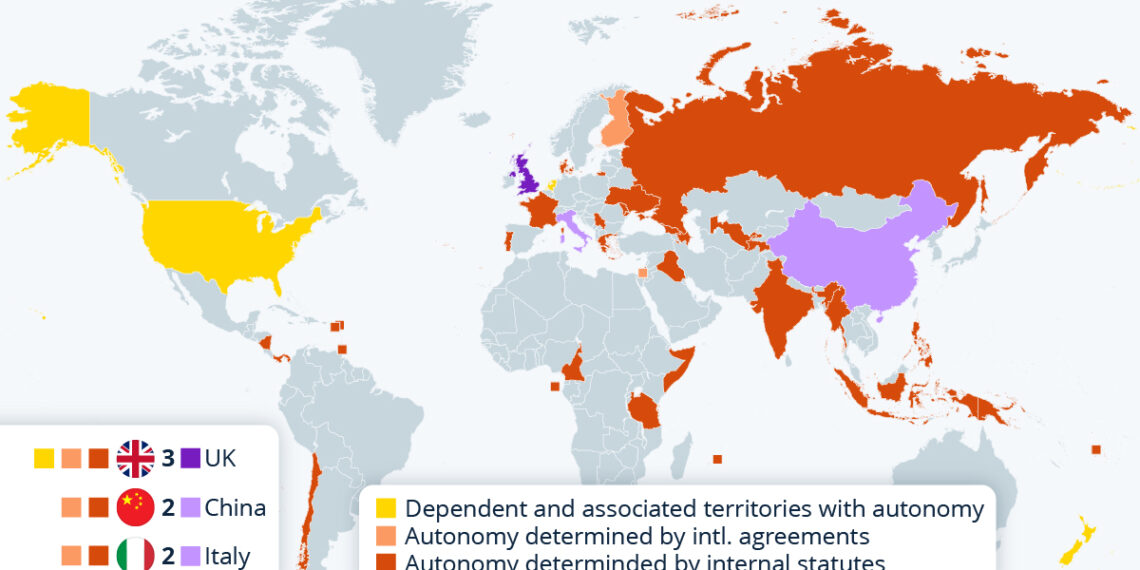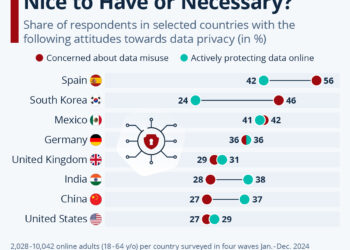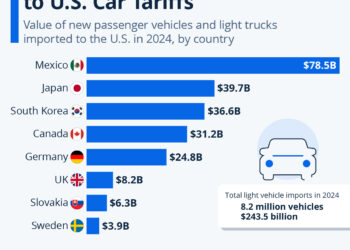Understanding Autonomous Regions: A Global Perspective
Autonomous regions serve as a unique prism through which we can observe the complexities of governance, identity, and self-determination in various contexts around the globe. To understand these regions, it is essential to recognize the diverse factors that contribute to their autonomy, historical backgrounds, and the ongoing challenges they face.
The Concept of Autonomy
Autonomy refers to the degree of self-governance and independence granted to a particular region, allowing it to make decisions separate from the central government. It can manifest in numerous forms, such as regional governments, cultural protections, or economic freedoms. The underlying reasons for granting autonomy often intersect with cultural, ethnic, and historical factors.
Historical Context of Autonomy
Colonial Influences
Many autonomous regions emerged from colonial legacies. As countries transitioned from colonial rule to independence, the question of governance and identity became central. Some regions retained certain degrees of autonomy, while others were fully integrated into newly formed states. The United Nations (UN) plays a critical role in recognizing the validity of autonomous governance, often classifying territories based on their self-determination status.
Post-Empire Realities
Countries like China and Russia showcase the necessity of embracing autonomy to manage their multi-ethnic populations. These nations adopted autonomy as a governance strategy to quell potential discontent among diverse groups. However, the implementation of autonomy is often fraught with controversy and complications, as the degree of self-determination varies significantly.
Autonomy in Modern Contexts
Indigenous and Ethnic Self-Determination
Autonomous regions often advocate for indigenous and multi-ethnic self-determination. This pursuit is not just about governance but is deeply tied to cultural heritage and identity. For example, regions like West Papua in Indonesia and Rapa Nui (Easter Islands) have raised questions about their status and aspirations for greater independence or recognition.
The Role of International Law
International law tends to be ambiguous regarding the rights of autonomous regions. For instance, territories that have achieved limited autonomy may still face challenges in fully realizing self-determination. The ongoing debate about the status of Native Hawaiian sovereignty raises crucial questions about the implications of being classified as a non-self-governing territory.
Current Challenges Faced by Autonomous Regions
The Tension Between Autonomy and Independence
In many cases, autonomy serves as an incomplete solution for the regions seeking greater independence. Take, for instance, the situation in Cameroon, where the government has granted a form of autonomy to the English-speaking parts. However, underlying tensions and aspirations for full independence persist.
De-Facto States and Unresolved Issues
Regions like Somaliland in Somalia, Transnistria in Moldova, and South Ossetia and Abkhazia in Georgia operate as de-facto states but face prospects of international recognition and legitimacy challenges. These regions emerge from complex historical backgrounds and often endure long-standing disputes over their status.
Autonomy in the United Kingdom and the United States
The United Kingdom’s Unique Landscape
The UK exemplifies a complex autonomy landscape, featuring constituent countries like Scotland, Wales, and Northern Ireland, each with its own flavor of autonomy. The Good Friday Agreement governs Northern Ireland’s autonomous status, showcasing how autonomy can offer political solutions while still fostering independence aspirations among its citizens.
U.S. Territories and Autonomy
In the context of U.S. territories such as Guam, American Samoa, and Puerto Rico, the autonomy granted is often limited. Puerto Rico, for instance, transitioned from a non-self-governing designation, yet discussions regarding its independence or statehood remain unresolved. The intricate dynamics of autonomy in U.S. territories encapsulate ongoing debates about governance, representation, and identity.
The Future of Autonomous Regions
As the world continues to evolve, the discourse surrounding autonomous regions will remain relevant. The push for self-determination, the quest for cultural preservation, and the balancing act of local governance against central authority will shape the future landscape of global autonomy. These factors illustrate the multifaceted nature of autonomy and its role in addressing historical grievances and present aspirations.





